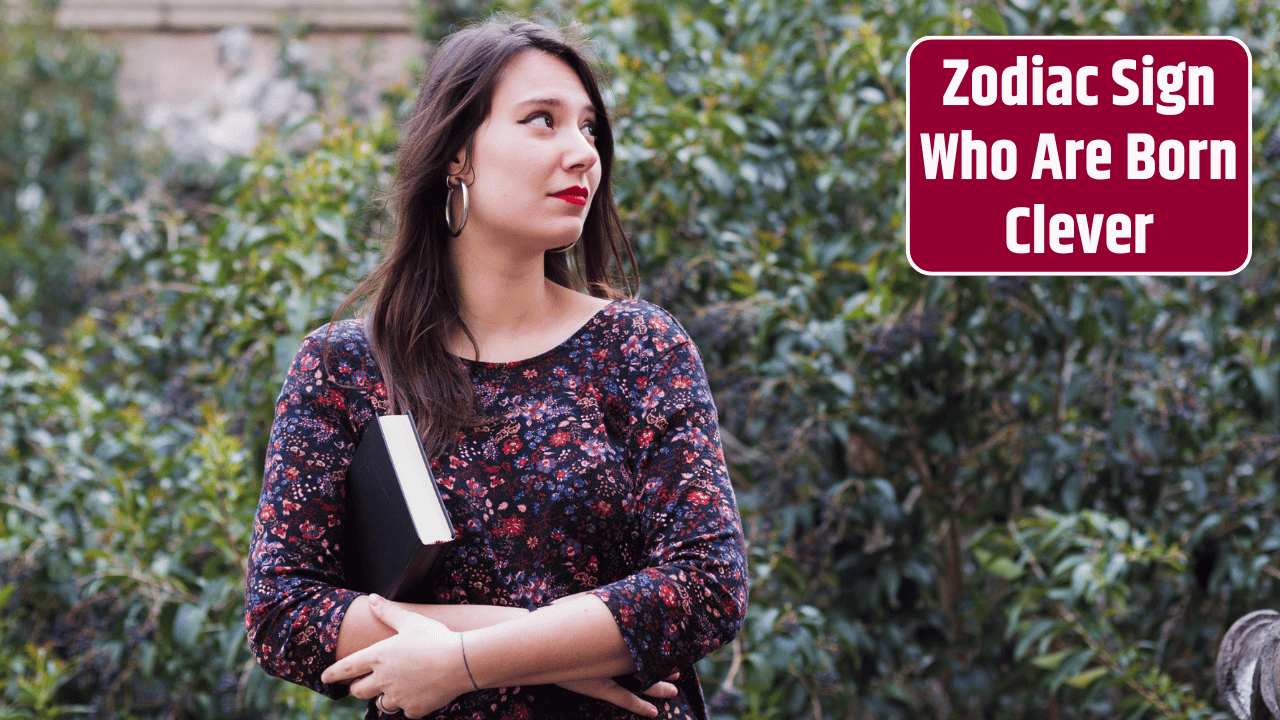If you think pennies are worthless, think again. Among the countless copper coins that pass through our hands daily, one could secretly be worth over half a million dollars. That’s exactly what happened when a rare Lincoln Wheat Penny sold for an astonishing $530,000. And here’s the shocker—it wasn’t locked away in a vault or museum. It was a simple penny, lost in circulation, waiting to be discovered.
These rare coins aren’t just collectibles—they’re pieces of American history hiding in plain sight. So, could one be in your pocket right now?
The Legacy of the Lincoln Wheat Penny
The Lincoln Wheat Penny, introduced in 1909, marked a major shift in U.S. coinage. For the first time, the face of a real person—President Abraham Lincoln—replaced the traditional symbol of Lady Liberty on an everyday coin.
Commissioned for the 100th anniversary of Lincoln’s birth, the coin was designed by Victor D. Brenner. The obverse featured a detailed portrait of Lincoln, while the reverse showcased two wheat stalks, symbolizing America’s agricultural strength. This design would stay in circulation until 1958, when it was replaced by the Lincoln Memorial reverse.
But while millions of these pennies were minted over the decades, only a few became legends.
The 1943 Bronze Penny: A $530,000 Mistake
In 1943, the U.S. Mint made a temporary material switch due to World War II. Copper was critical for military equipment, so the Mint produced pennies from zinc-coated steel instead. But a few leftover bronze planchets—the copper blanks used in previous years—accidentally found their way into the presses.
The result? A tiny handful of 1943 Bronze Pennies, minted by mistake.
Today, only 15 to 20 of these error coins are known to exist. And collectors are willing to pay a fortune for them. One sold at auction for an incredible $530,000, making it one of the most valuable U.S. coins ever found in pocket change.
How to Spot a 1943 Bronze Penny
Think you might have one? Here’s what to look for:
| Feature | Description |
|---|---|
| Date | Must read 1943 |
| Color | Should appear brownish copper, not silvery |
| Magnet Test | If it sticks to a magnet, it’s steel—not the rare bronze version |
| Weight | Bronze pennies weigh 3.11 grams, while steel ones weigh 2.7 grams |
If you think you’ve found one, have it professionally authenticated before you start spending your future riches.
Other Valuable Lincoln Wheat Pennies
While the 1943 Bronze Penny steals the spotlight, it’s not the only Lincoln cent worth big money. Here are a few more Wheat Pennies to watch out for:
| Year | Type | Estimated Value |
|---|---|---|
| 1909-S VDB | First year, limited mintage with designer’s initials | Up to $2,000+ |
| 1914-D | Low mintage from Denver Mint | Up to $1,500+ |
| 1922 No D | Missing mint mark error | Up to $1,000+ |
| 1955 Doubled Die | Double image due to die error | Up to $1,800+ |
Each of these coins can command hundreds or even thousands of dollars depending on condition, rarity, and collector demand.
Treasure in Your Pocket?
The real excitement here is the possibility. With millions of pennies still in circulation—and coin jars collecting dust in homes across the country—it’s entirely possible that a rare and valuable Wheat Penny is hiding in plain sight.
So next time you’re handed change at the grocery store or dig through your coin jar, take a moment to check the dates. You could be staring at a six-figure treasure disguised as pocket change.
And remember: the rarest things often go unnoticed.
FAQs
How do I know if my 1943 penny is bronze or steel?
Use a magnet. If it sticks, it’s steel. If not, it might be bronze—get it appraised to be sure.
Where can I get a rare penny authenticated?
Try reputable grading services like PCGS or NGC for professional evaluation and certification.
Are all 1943 pennies valuable?
No. Most 1943 pennies are made of steel and worth only a few cents. Only the rare bronze versions are highly valuable.
Are there other rare coins in circulation today?
Yes, including certain silver coins, error coins, and early mintings with limited production runs.
Can I sell a valuable coin myself?
Yes, but it’s best to go through a certified coin dealer or auction house to get full value and ensure authenticity.















